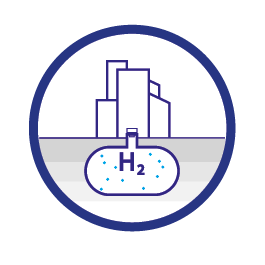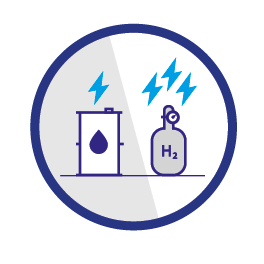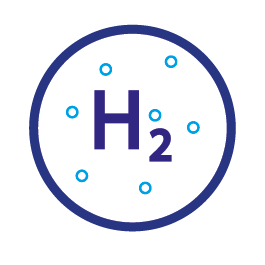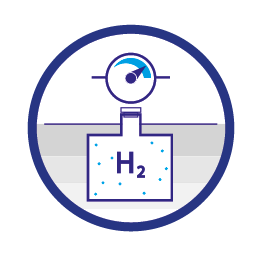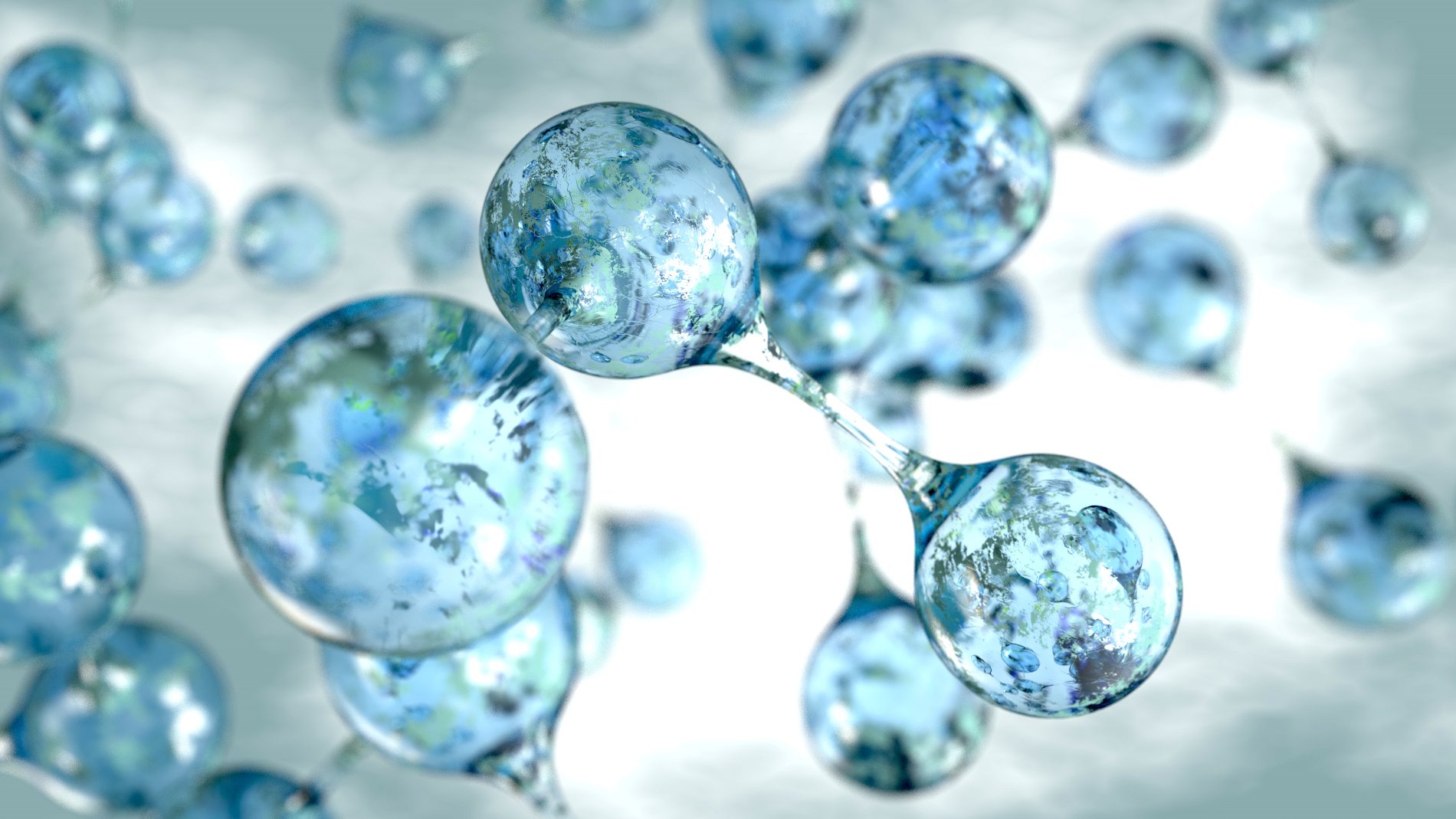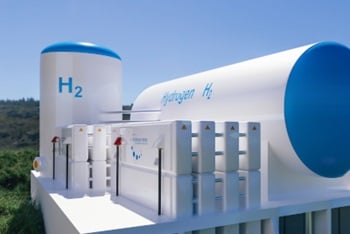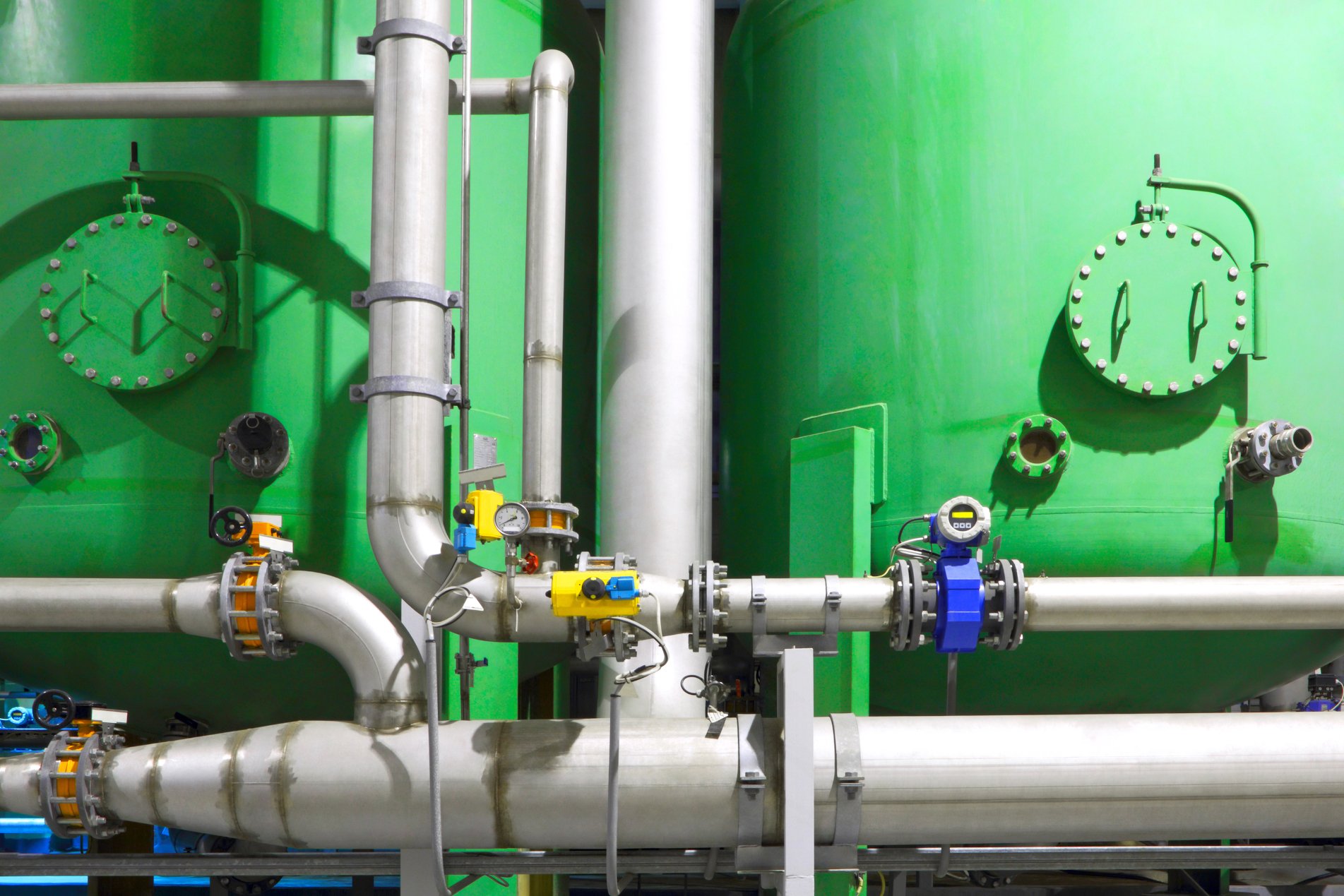Underground Storage Solutions
Partnering on the hydrogen infrastructure build
To ensure safe and reliable Hydrogen storage, large-scale solutions must be developed. Salt caverns are one such geological formation that might provide ample storage possibilities for hydrogen. Currently used for natural gas, salt caverns offer excellent sealability of the salt structure, together with efficiency, low operating costs, and significant economies of scale.


